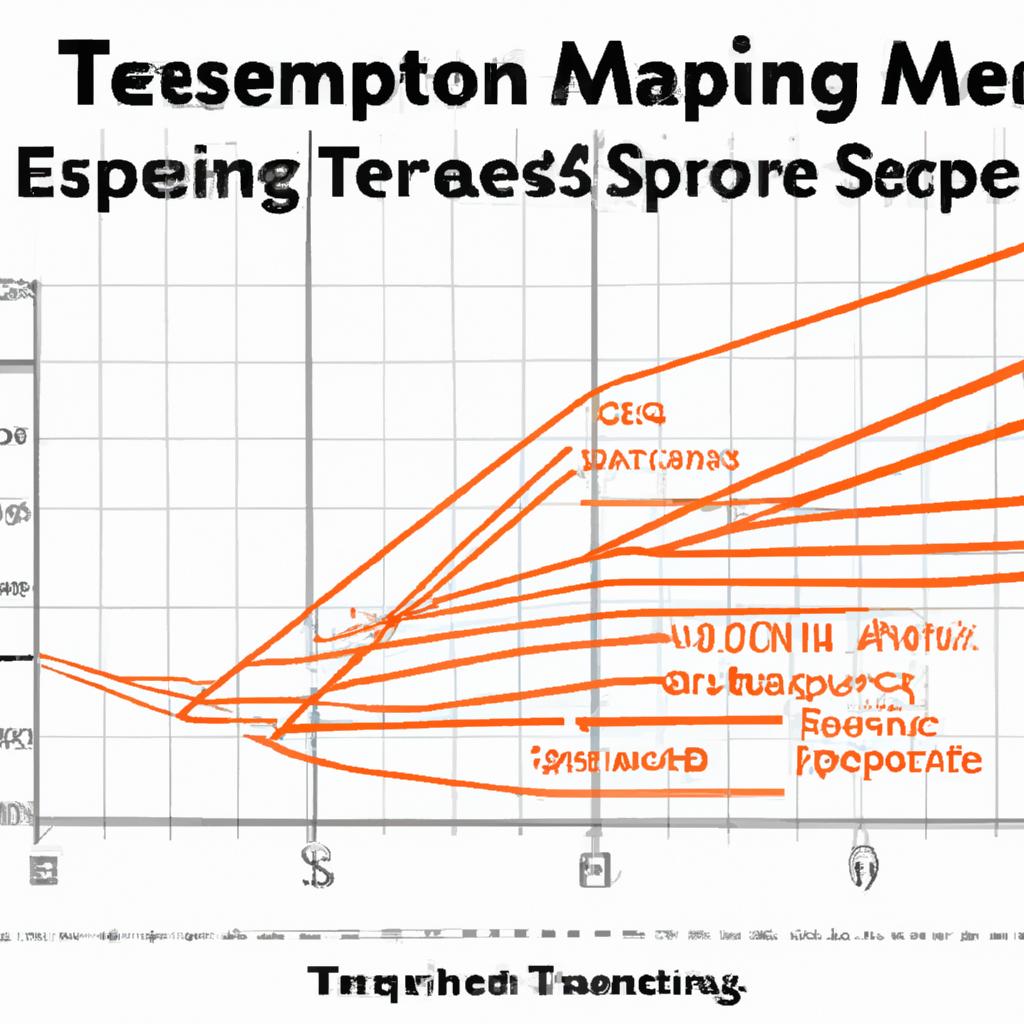**”The Role of Tempo in Strength Training: How Varying Your Repetition Speed Can Maximize Muscle Gains”**
# The Role of Tempo in Strength Training: How Varying Your Repetition Speed Can Maximize Muscle Gains
When it comes to strength training, most gym-goers focus on the weights they lift and the number of repetitions they complete. However, one crucial element often overlooked is the tempo at which exercises are performed. Tempo refers to the speed of each repetition, and varying it can significantly impact muscle development, endurance, and overall performance. Understanding how to manipulate tempo can help you maximize your gains and achieve your fitness goals more efficiently.
## Understanding Tempo in Strength Training
### What is Tempo?
In strength training, tempo typically describes the duration of each phase of a lift, usually broken down into four segments: the eccentric (lowering), isometric (pause), concentric (lifting), and another isometric phase. For example, a tempo of 2-1-2-0 would mean taking two seconds to lower the weight, pausing for one second, lifting it back in two seconds, and not pausing at the top.
### Why Tempo Matters
Tempo influences the time under tension (TUT) that your muscles experience during a workout. Increased TUT has been shown to enhance muscle hypertrophy, as muscles grow by repairing the micro-tears caused during resistance training. By varying your repetition speed, you can manipulate TUT and, in turn, control how your muscles respond to stress.
## Varying Your Repetition Speed
### Slow Tempo for Muscle Growth
Slow tempos, such as a 4-2-1-0 pattern, can be particularly effective for building muscle. By emphasizing the eccentric phase, you create more micro-tears in the muscle fibers, leading to greater growth during recovery. Moreover, a slower pace helps improve your mind-muscle connection, allowing you to focus more on the muscles being worked.
### Fast Tempo for Power and Strength
Conversely, using a faster tempo, like a 1-0-1-0 pattern, can enhance explosiveness and strength. This approach is particularly beneficial for athletes looking to improve their performance in sports requiring quick, powerful movements. Fast tempos activate more muscle fibers and improve neuromuscular efficiency, which translates to better overall strength.
### The Importance of Balance
While both slow and fast tempos have their benefits, a balanced approach is essential for well-rounded development. Incorporating various speeds within your training regimen can optimize endurance, strength, and hypertrophy.
## Nutrition Tips
Nutrition plays a critical role in supporting your strength training efforts, especially when varying tempo. Here are some tips to ensure your body has the fuel it needs:
– **Prioritize Protein:** Ensure you consume enough protein to support muscle repair and growth. Aim for 1.6 to 2.2 grams of protein per kilogram of body weight daily, depending on your training intensity.
– **Consume Carbohydrates:** Carbohydrates are your body’s primary energy source. Include complex carbs like whole grains, fruits, and vegetables to fuel your workouts and aid recovery.
– **Stay Hydrated:** Proper hydration is crucial for optimal performance. Aim for at least 2-3 liters of water per day, adjusting based on your activity level and climate.
– **Post-Workout Nutrition:** After your workout, aim to consume a meal or snack rich in protein and carbohydrates within 30-60 minutes to replenish glycogen stores and support muscle recovery.
## Exercise Advice
When integrating tempo variations into your strength training routine, consider the following advice:
– **Start Slow:** If you’re new to manipulating tempo, begin with slower tempos to develop proper form and maximize muscle engagement. Focus on mastering the eccentric phase first.
– **Track Your Progress:** Use a training log to document the tempo for each exercise, along with the weights lifted and repetitions completed. This will help you identify what works best for your body.
– **Gradually Increase Complexity:** Once you’re comfortable with basic tempo variations, experiment with more complex routines that incorporate both slow and fast tempos within the same workout.
– **Listen to Your Body:** Pay attention to how your body responds to different tempos. Adjust intensity and speed as needed to avoid injury and promote recovery.
## Health Benefits
Incorporating tempo variations into your strength training not only maximizes muscle gains but also offers a range of health benefits:
– **Improved Muscle Coordination:** By focusing on tempo, you enhance your overall coordination and balance, which can translate to better performance in daily activities and sports.
–















Post Comment